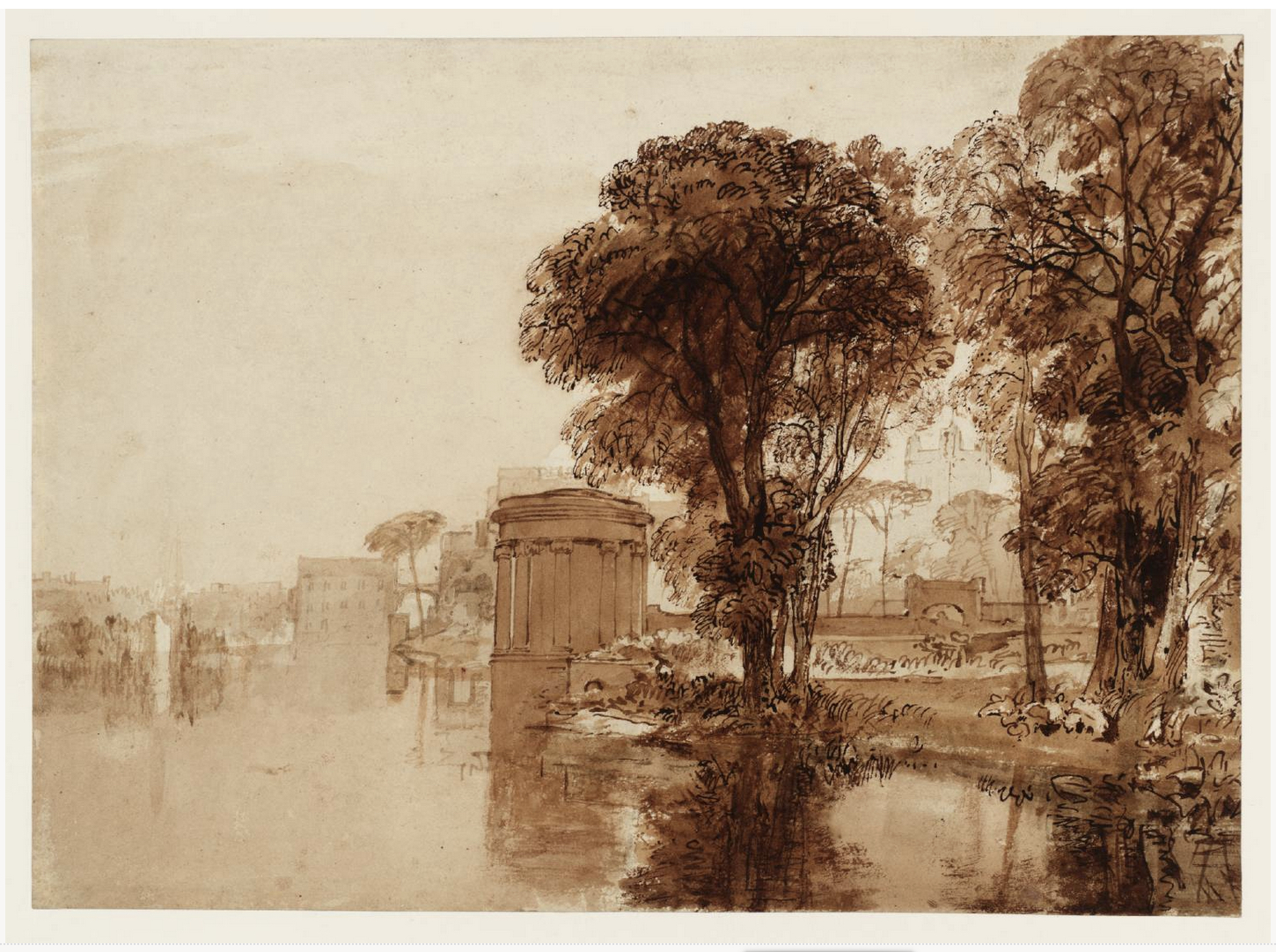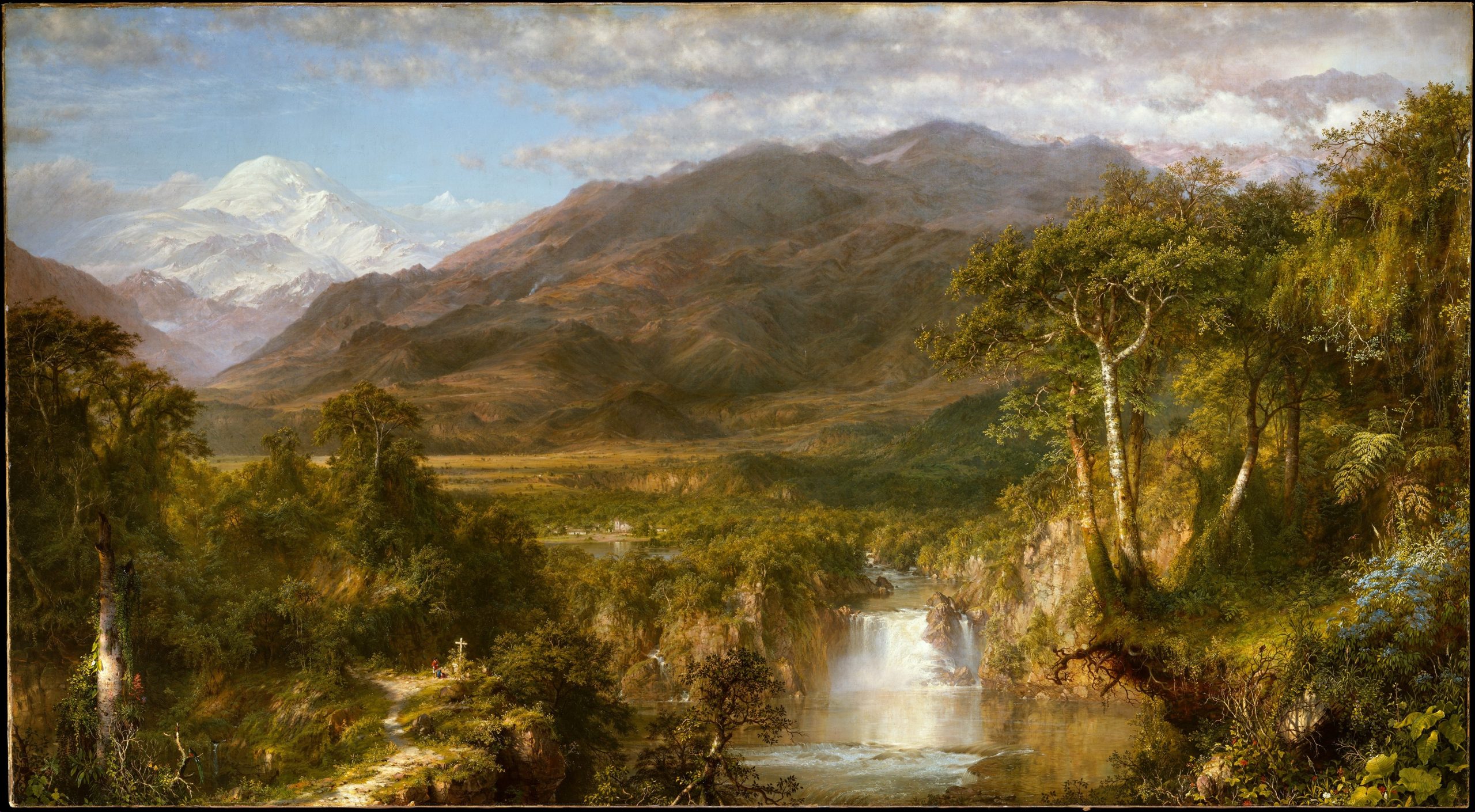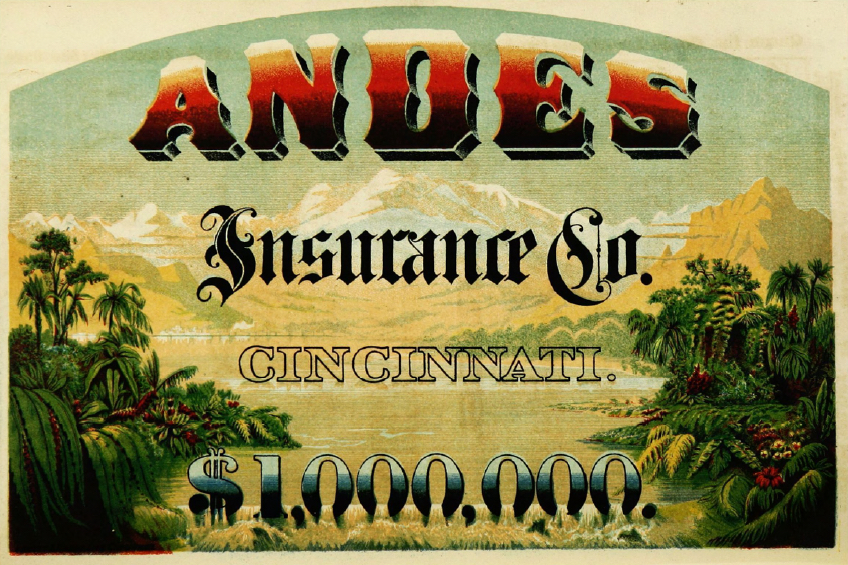Insurance: Beyond Law
PDF: Hunter, Insurance Beyond Law
Roughly halfway through Ben Lerner’s 2014 novel 10:04, we meet art transformed by insurance. Ushered into a cavernous Manhattan loft, the novel’s narrator, Ben, is handed shards of broken mirror—fragments formerly identifiable as a Jeff Koons balloon dog—featuring in a fictionalization of Elka Krajewska’s Salvage Art Institute. When underwritten works have been compromised beyond the cost of restoration, Ben explains, “The insurance company pays out the total value of the damaged work, which is then legally declared to have ‘zero value.’”1
Compromised art’s nil value becomes law, but insurance is the agent arbitrating. And insurance sets the novel’s plot in motion. It is the clock of an expiring health insurance policy that impels Ben’s friend Alex toward medical interventions both modest and major: from dental surgery on impacted wisdom teeth to artificial fertilization with semen clinically harvested from the narrator—even though the requisite visit to a sperm bank is not covered by Ben’s “exorbitantly overpriced insurance” (51, 9, 86). Insurance is there to manage art menaced by increasingly regular “storms-of-the-century” plaguing southern Manhattan’s galleries and to deny health care to Ben’s mentally unstable graduate student (231, 218). Lerner’s fiction imagines a world where, as with the baby octopi prepared by skilled chefs in the novel’s opening vignette, human lives are “massaged gently but relentlessly” by insurance “until their biological functions cease” (153).
Anglo-American artists have long known such a world. Around 1810, J. M. W. Turner (a committed investor in insurance services and stock) purchased land in Richmond, southwest of London; there, he renewed acquaintance with the Rev. Henry Scott Trimmer, a childhood friend. Turner was an inveterate sailor. A modern-day Odysseus who mythically tied himself to a ship’s mast to observe atmospheric effects, Turner commissioned a yacht for use as a mobile studio on the Thames. Possibly from that vessel, he executed a sketch of scenery around Isleworth (fig. 1). The river spreads across the picture plane, its slippery face pressed in stately answer to the bank’s razzamatazz. A mottled density of sepia tones yields a deciduous canopy that doubles as a scrim for the hazy revelation of the Gothic tower of All Saints’ Isleworth at right. Agreeable though such river-borne sketching may have been, the Rev. Trimmer was forbidden from joining it. As Trimmer’s eldest son would recall, Turner “had a boat at Richmond, but we never went further than the water’s edge, as my father had insured his life.”2

Barring free lives from watery passage while underwriting slave ships, insurance could make its own liquidity. The prospect of a thousand-pound insurance policy on the life of Benjamin Robert Haydon was sufficient to keep the debt-ridden painter out of prison in 1827 and to ply more humane terms from creditors. Insurance kept Haydon in house and home; so far in arrears was the painter’s rent in the years preceding his 1846 suicide that his landlord insured Haydon’s life himself.3 Yet, houses and homes were themselves made to architectural building standards set not by ineffectual parliamentary legislation but by private fire insurers.4 And while Turner had insured his art and gallery from the late 1790s, insurance was coming to intervene into art’s showing, making, and being more robustly. Underwriting set conditions and values for Manchester’s landmark exhibition Art Treasures of Great Britain of 1857. It enabled the transatlantic traffic of Frederic Edwin Church’s The Heart of the Andes in 1859 (fig. 2). And its costs worried painter-speculator Martin Johnson Heade in the 1880s.5

In that vein, it might be objected that insurance was a mere front for the real force behind these arrangements: capitalism.6 Or again, as might be protested in this forum, it is law that gives ultimate teeth or check to insurers’ categories and constructs. Not surprisingly, the strongest opposition to such objections has come from members of Michel Foucault’s research group, especially François Ewald. “Insurance and law,” Ewald argues, “are two practices of responsibility which operate quite heterogeneous categories, regimes, economies; as such, they are mutually exclusive in their claims to totality.”7 Ewald’s epic history of the French welfare state charts insurance’s apotheosis through the industrial era. Underwriting had complicated law’s mandate of individual responsibility for wrongdoing at the framing of the Napoleonic Code in 1804. Risk, however, became a key technology for reconciling the massive profits accrued through industrial production with their horrific social cost: the workers maimed, scalded, or killed in factory “accidents” wherein no clear perpetrator could be identified. Replacing litigation in court with no-fault compensation for workplace injuries, insurance subtly reworked the terms of law and human ontology even as it staved off the revolutionary masses.8 Where “juridical reason springs from a moral vision of the world,” Ewald concludes, insurance’s modeling of human justice “no longer correlates with an abstract, invariant norm such as that of the responsible juridical subject: it is an individuality relative to that of other members of the insured population, an average sociological individuality.”9 More than recouping financial losses, insurance sculpts populations anew. It makes a different kind of person.

Ewald’s chummy relations with the insurance industry mean that his claims cannot be taken uncritically.10 And the hunch subtending my own broader work in this direction is that casting a wider net—tolerating a meandering course and its fragmentary hints—yields things stranger than are dreamed of in his (or anyone else’s) philosophy. By the later 1860s, insurers in the United States were packing digests of then-recent legal decisions into manuals aimed at agents. A leading voice in this crash-course legal pedagogy was J. B. Bennett, general agent of Aetna Insurance’s Cincinnati-based western branch. Bennett deserves greater art-historical attention. Not only did he help install a significant array of new visual technics into American fire-insurance practice—from the systematization of agent-made “risk diagrams” in Aetna’s 1857 manual to the company’s 1866 recruitment of D. A. Sanborn, a surveyor whose eponymous company would dominate insurance cartography for the next century—but Bennett was also a noted patron of art.11 Ejected from his post by Aetna’s top brass in 1870 (in part, for overspending on visualizations), Bennett quickly commissioned from Robert S. Duncanson a replica of Church’s Heart of the Andes. This was a telling choice: Church’s father, Joseph Church, had sat on Aetna’s board of directors since 1834.12 Better still, Bennett named his new underwriting venture after the art he had appropriated: Andes Insurance (fig. 3). Like those tumbling waters flowing through his company’s million-dollar capitalization in its chromolithographed logo, Bennett stressed the fluidity of law to agents in Andes’s 1870 manual. Case histories could not deliver “sound or settled principles of law: for many of the questions involved still remain open.”13 Informed by, but also beyond, law, insurance acts under the stylized cover of the art it had underwritten, appropriating visual technics as it goes. Art history needs to reckon as much with insurance’s supralegal sculpting of values and populations as with its steady, spready penetration through the visual field.
Cite this article: Matthew C. Hunter, “Insurance: Beyond Law,” in “Beyond Copyright: How does Law Impact Art?” Colloquium, ed. Wendy Katz and Lauren van Haaften-Schick, Panorama: Journal of the Association of Historians of American Art 9, no. 1 (Spring 2023), https://doi.org/10.24926/24716839.17387.
Notes
- Ben Lerner, 10:04: A Novel (Toronto: McClelland and Stewart, 2014), 129. ↵
- Henry Syer Trimmer, quoted in Walter Thornbury, The Life of J. M. W. Turner, R. A. (London: Hurst and Blackett, 1862), 1:169. See also Eric Shanes, Young Mr. Turner: The First Forty Years; 1775–1815 (New Haven: Published for the Paul Mellon Centre for Studies in British Art by Yale University Press, 2016), 5, 260–69. ↵
- Paul O’Keeffe, A Genius for Failure: The Life of Benjamin Robert Haydon (London: Bodley Head, 2009), 266, 492. ↵
- Jonah Rowen, “Materials, Labor, and Apprehension: Building for the Threat of Fire across the Nineteenth-Century Atlantic” (PhD diss., Columbia University, 2020), esp. 188–90. ↵
- Elizabeth Ariana Pergam, “‘Waking the soul’: The Manchester Art Treasures Exhibition of 1857 and the State of the Arts in Mid-Victorian Britain” (PhD diss., New York University, 2001), esp. 140–42; Gerald L. Carr, “American Art in Britain: The National Gallery Watercolor of The Heart of the Andes,” Studies in American Art 12 (1982): 81–100, 128; Ross Barrett, Speculative Landscapes: American Art and Real Estate in the Nineteenth Century (Oakland: University of California Press, 2022), 128. ↵
- See Ian Baucom, Specters of the Atlantic: Finance Capital, Slavery, and the Philosophy of History (Durham: Duke University Press, 2005); and Jonathan Levy, Freaks of Fortune: The Emerging World of Capitalism and Risk in America (Cambridge, MA: Harvard University Press, 2012). ↵
- François Ewald, “Insurance and Risk,” in The Foucault Effect: Studies in Governmentality, ed. Graham Burchell, Colin Gordon, and Peter Miller (Chicago: University of Chicago Press, 1991), 201. ↵
- François Ewald, L’Etat providence (Paris: B. Grasset, 1986). ↵
- Ewald, “Insurance and Risk,” 202, 203. ↵
- Michael C. Behrent, “Accidents Happen: Francois Ewald, the ‘Antirevolutionary’ Foucault, and the Intellectual Politics of the French Welfare State,” Journal of Modern History 82, no. 3 (2010): 585–624. ↵
- Walter W. Ristow, “United States Fire Insurance and Underwriters Maps, 1852–1968,” Quarterly Journal of the Library of Congress 25, no. 3 (July 1968): 201; Wendy J. Katz, “Robert S. Duncanson, Race, and Auguste Comte’s Positivism in Cincinnati,” American Studies 53, no. 1 (2014): 79–115. ↵
- Matthew C. Hunter, “Graphic Making, Actuarial Knowing: Transfer and Counter-Transference in Frederic Edwin Church’s South American Drawings,” West 86th 23, no. 1 (2016): 56–78. ↵
- {J. B. Bennett}, Andes Manual of Fire Insurance (Cincinnati, 1870), 149. ↵
About the Author(s): Matthew C. Hunter is Associate Professor in the Department of Art History and Communication Studies, McGill University.

